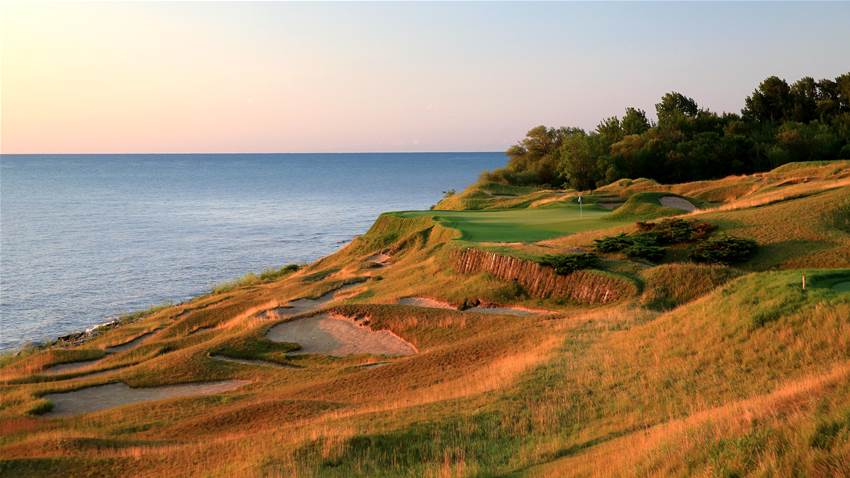Golf was invented as a walking game. But in the modern age of course construction where layouts are longer and cover expansive areas across sometimes hilly topography, they can be a difficult slog. Here’s 15 of the toughest for walking golfers.
1 WHISTLING STRAITS (Straits course) – Wisconsin, USA
Massive sand dunes and nearly 1,000 bunkers litter the walking-only layout that has hosted three PGA Championships and will hold the 2020 Ryder Cup. Like so many of the US courses used for championships in recent years, it covers an immense area (560 acres) and designer Pete Dye, in trying to extract the best golf holes from the rugged terrain, left some long treks between greens and tees. The Straits course is a beast and anyone venturing out to test their mental and physical golfing prowess had best be prepared for a long day.
2 CHAMBERS BAY – Washington, USA
When the US Open was played at Chambers Bay in 2015, USGA chief executive Mike Davis described the Robert Trent Jones Jnr course as an “endurance test.”
Built on land previously used as an old sand and gravel mine, near Seattle, the walking-only links-inspired layout (pictured below) covers nearly 16 kilometres (when you include the long walks from green to tee). But the real physical challenge is the up and down trek you have to make during a round with nearly 200 metres of elevation change across the property.
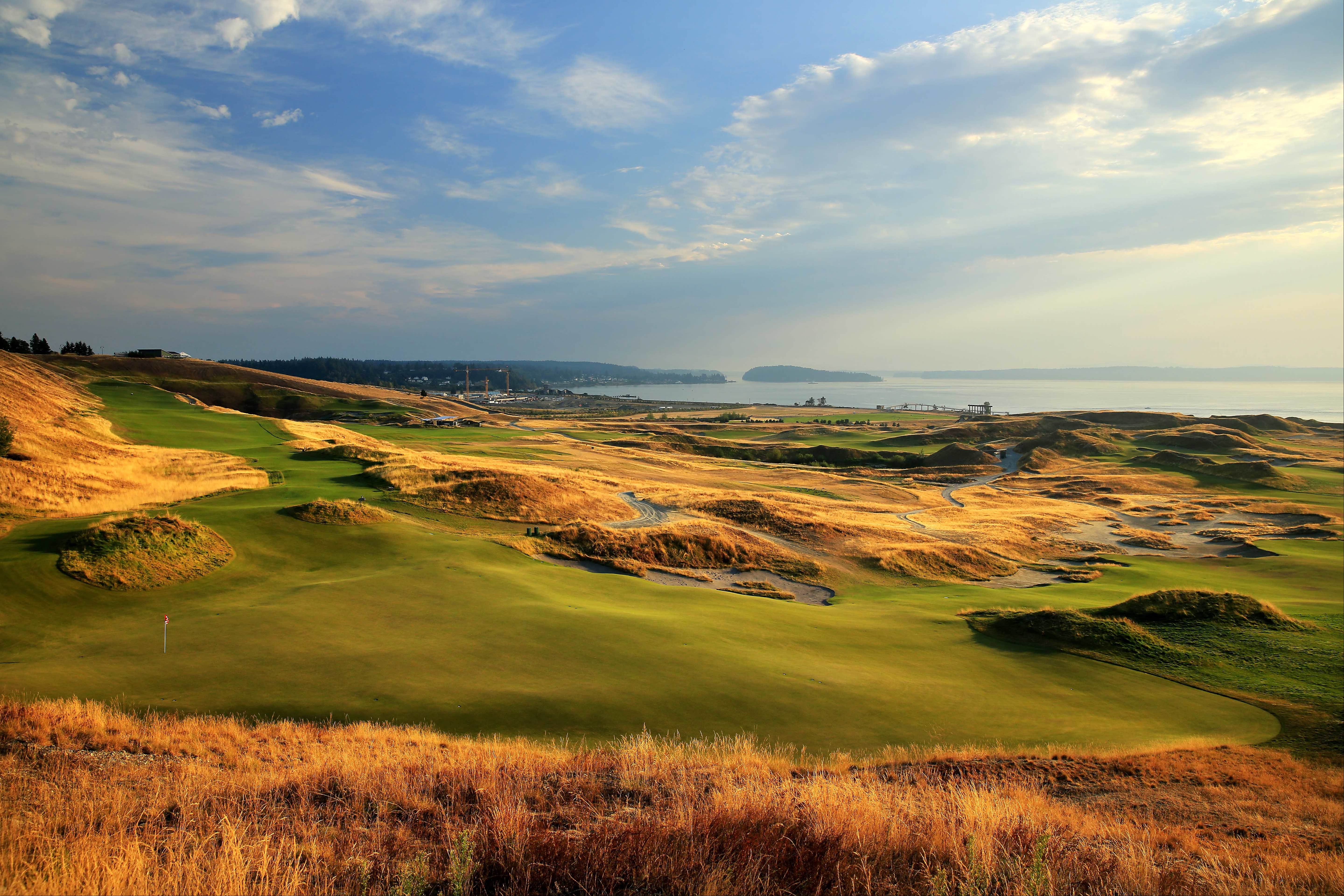
3 KO’OLAU GOLF CLUB – Hawaii, USA
Set at the base of the Ko’olau Mountain range in Hawaii, Ko’olau stretches to 7,310 yards (6,684 metres) across dramatic topography, which offers some of the most breathtaking views you will find on a golf course. The views won’t be the only thing taking your breath away as you climb across the natural folds in the landscape and traverse several ravines throughout the round.
4 ERIN HILLS – Wisconsin, USA
The walk didn’t get much easier for the US Open field in 2017. Erin Hills covers a massive 652 acres (compare this, for example, with Kingston Heath in the Melbourne Sandbelt, which is contained within little more than 100 acres). The rugged walking-only layout measures 7,845 yards (7,173 metres) from the tips, making it the second longest course used in US Open history.
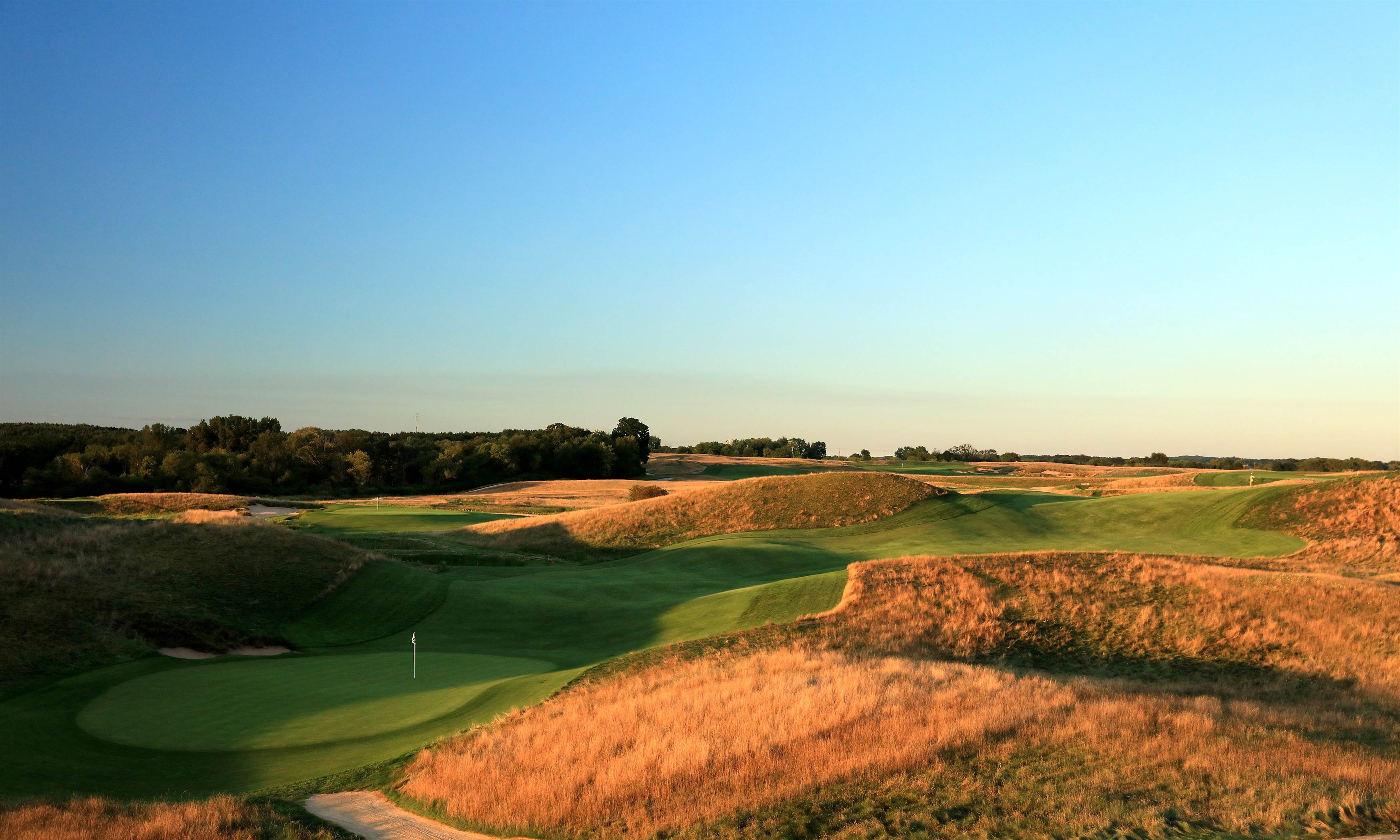
5 PIKEWOOD NATIONAL – West Virginia, USA
Since expanding to 18 holes in 2009, Pikewood National – in the hills of West Virginia – has embraced its growing reputation as one of the most challenging courses in North America.
Its 155 slope rating should sound alarm bells for anyone brazenly walking out to the 1st tee with the back markers in their sights – unless of course they have a PGA Tour card or scratch handicap. Pikewood is arguably the toughest walk of all the courses featured here – the walking-only course is contained within a massive 650 acres, while the routing from 1st tee to 18th green covers more than 14 kilometres with several steep climbs.
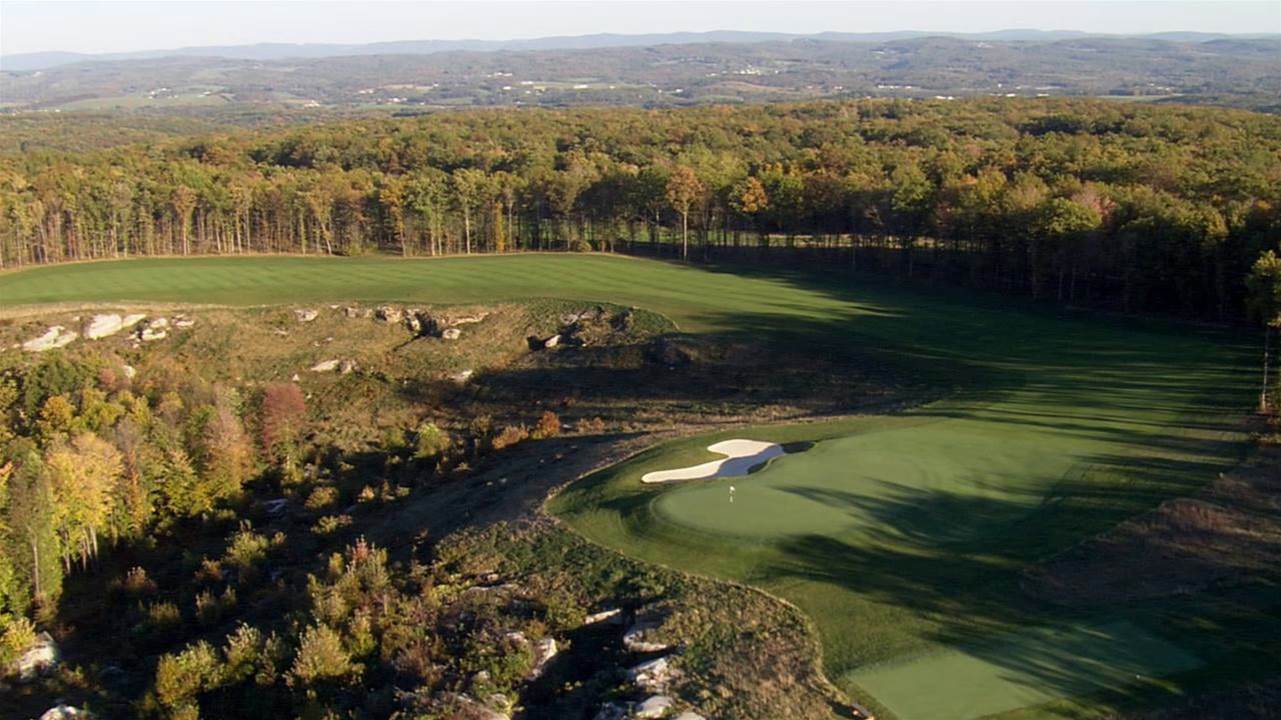
6 JADE DRAGON SNOW MOUNTAIN – Yunnan Province, China
Here is one course that would be absolute madness to play on foot. Here’s why
It’s not a memorable design, but it is the longest golf course on the planet at 8,548 yards (7,816 metres) and includes the longest par-5 in the world at 711 yards (650 metres).
The thin air of its location, more than 3,000 metres above sea level in the Himalayas, does make the golf ball fly 15 to 20 percent further.
The thin air at this altitude can make breathing tough, which is why carts are compulsory and oxygen masks are in every cart.
7 KAPALUA RESORT (Plantation course) – Hawaii, USA
The Plantation Course at Kapalua Resort – home of the PGA Tour’s Tournament of Champions – (pictured above) was simply not designed to be a walking course. The layout is routed over hundreds of acres of old pineapple plantation and grazing land – up and down the side of the West Maui Mountains and there are several lengthy green to tee walks. Most players use a cart but if you want to walk the course, which is not encouraged by the resort, it is manageable.

8 HAMILTON ISLAND – Queensland, Australia
The Hamilton Island course is actually found on neighbouring Dent Island – a tropical tree and scrub-covered monolith that rises steeply, to about 105 metres at its highest point, from the aquamarine waters of the Coral Sea below.
The club can only be reached by ferry from the Hamilton Island marina and as you cross the passage there is little to suggest a golf course lies on the ridges and cliff-tops high above. It is dramatic, rugged terrain that defies belief that Peter Thomson and Ross Perrett were actually able to design a playable course. Carts are included in your green fee.
9 BETHPAGE STATE PARK (Black course) – New York, USA
Not only is this A.W Tillinghast course a beast to play (hence the sign warning players of its difficulty) it is a tough walk covering 7,465 yards from the tips.
Bethpage (pictured) is a walking-only course that is laid across terrain with some substantial elevation changes throughout, with perhaps the toughest climb coming in the final 180 yards approaching the 15th green, which is 25 metres above the fairway.
10 NATADOLA BAY – Coral Coast, Fiji
From the moment you play down to the 1st green of the Vijay Singh-designed home of the Fiji International, it is in the back of your mind that you need to climb back up the hill to reach the clubhouse.
The fact is, 14 holes of the seaside layout wind across undulating terrain while four inland holes cover dramatic topography better suited to mountain goats but home to some spectacular golf. For example, the fairway of the par-5 5th hole lies more than 50m metres below the tee and then the climb to the green is all uphill.

11 OLD HEAD LINKS – County Cork, Ireland
What sets Old Head apart from the other courses showcased here is the walking difficulty of this course is not created by what is under your feet but more what Mother Nature can produce. The links is laid out on a diamond-shaped promontory jutting more than three kilometres into the Atlantic Ocean. The elevation changes are not all that dramatic but the wind can make the trek here absolutely brutal. If it’s blowing hard, you have the option of taking a cart.

12 CARNE GOLF LINKS – County Mayo, Ireland
Remote and spectacular, Carne is set among exposed rugged dunes on the Atlantic coast in north-west Ireland. Not only is the terrain often dramatic as it rises and falls over the dunes, it is rare to play here without it being windy.
Carne’s toughest cardio workout comes at the final hole. Having traversed dunes for hours the approach to the final green on the 495-metre par-5 is all uphill – the payoff is the view of Blacksod Bay once you reach the green.

13 THE NATIONAL (Old course) – Victoria, Australia
Designed by Robert Trent Jones Jnr, the Old course at The National Golf Club covers terrain that ranges from wildly undulating to downright hilly. This is not a long course but the only flat spots you will find during a round here can be found on each of the tees.
If you have the fitness level to walk this layout, go for it, and you will likely have more time to take in the incredible views as you stride along. If you’re not looking for a heavy cardio workout, we recommend you take a cart.

14 NULLARBOR LINKS – South and Western Australia, Australia
There is 1,365 kilometres between the 1st tee at Ceduna Golf Club in South Australia, across the Nullarbor Plain, to the 18th green at Kalgoorlie Golf Club. Enough said. You would be mad to walk this one.
15 KAURI CLIFFS – Bay of Islands, New Zealand
Kauri Cliffs meanders through 800 acres of fern forest and across the edges of cliff tops on some of the most dramatic golf topography in New Zealand.
acres of fern forest and across the edges of cliff tops on some of the most dramatic golf topography in New Zealand.
RIGHT: Kauri Cliffs in New Zealand. PHOTO: Getty Images.
The vast distances from greens to the next tee as well as the steep elevation changes makes walking here only for the fittest of golfers. Carts are available but if you want to really challenge your ability to endure the mental and physical test Kauri Cliffs offers, by all means cover it on foot. The spectacular views from this escarpment high above the ocean will probably take your mind off the difficulty of the trek.
Related Articles

The Aussies at the U.S Women’s Open
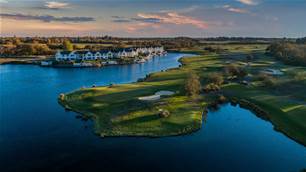
Review: Clearwater Golf Club

